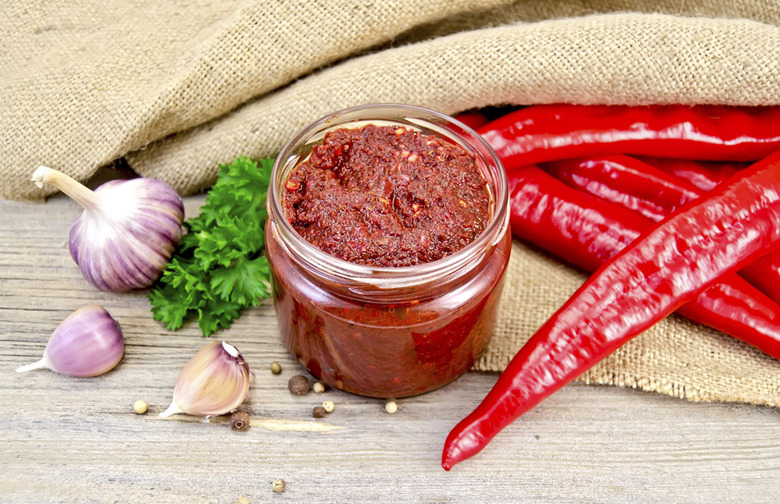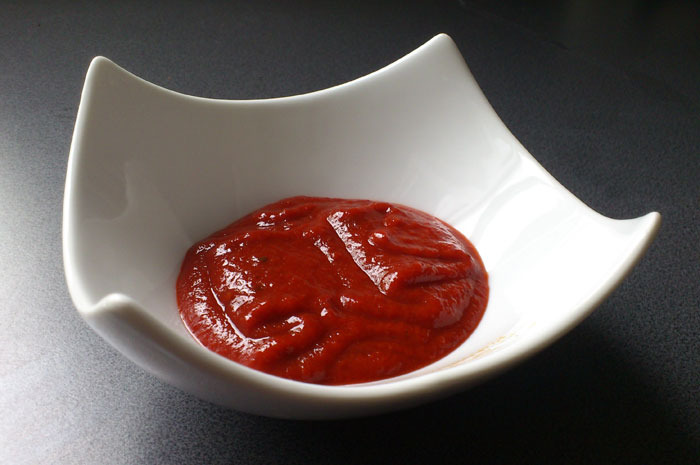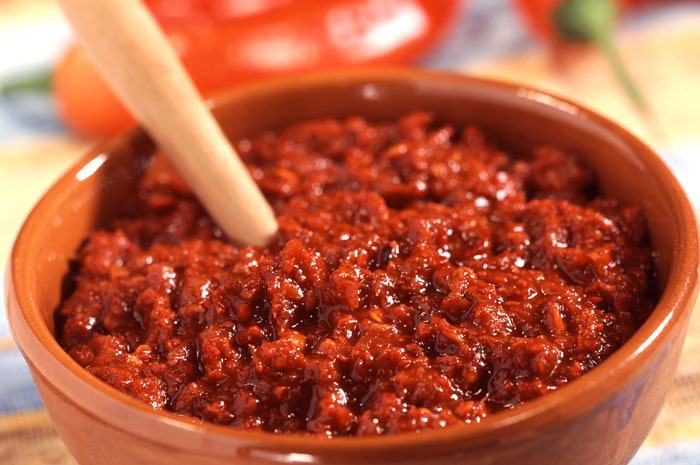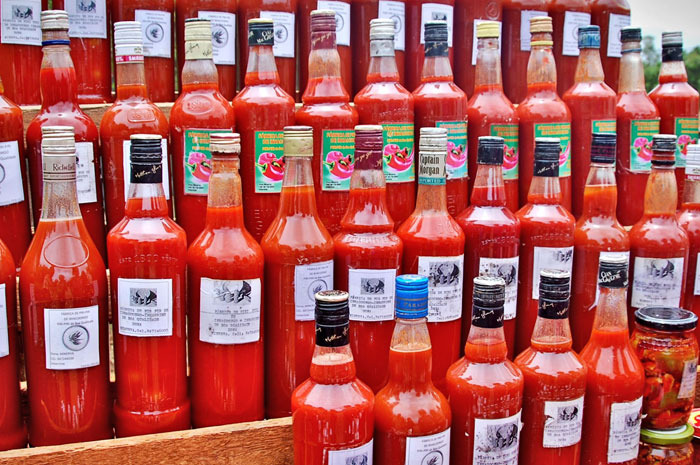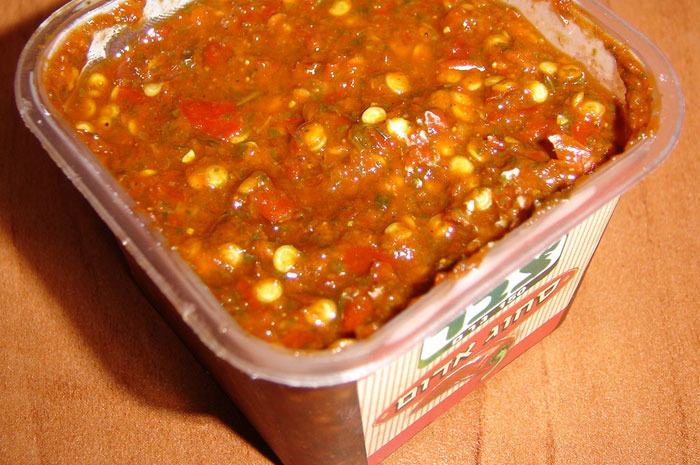Sriracha Is So Over: Which Condiments Will Take Its Place?
We may receive a commission on purchases made from links.
Admit it: Sriracha is over. Its time has passed, its 15 minutes of fame are up, its bulb is dimming, The novelty of sriracha is finally beginning to wear off, and soon everyone will be looking for the next great spicy condiment. We have a few suggestions.
Ajika
Popular in Russia, Ukraine, Georgia, and other parts of the Caucasus, ajika is a spicy sauce made with red peppers and other ingredients that vary regionally, including garlic, dill, and walnuts. Several different varieties can be purchased at RussianProducts.com.
Biber Salçası
A trademark condiment of Turkey and other Anatolian countries, biber salçası is made with red peppers (with their seeds and stems removed) that are mixed with salt, sun-dried for about a week, and turned into a rich red paste. It's used on many of the region's primary dishes, and is also delicious simply spread on pita and crackers. You can find it on Amazon.
Gochujang
This pungent paste, one of Korea's most popular condiments, is traditionally made with red chiles, glutinous rice, fermented soybeans, and salt. It adds an umami and sweet and spicy kick to anything it comes in contact with. It's most commonly used in rice dishes like bibimbap, but you can also find it in soups, stews, and marinades. Plus, it goes great with a grilled steak. It can be found online at CrazyKoreanShopping.com.
Guilin Chili Sauce
This sauce, popular in the picturesque Chinese city of Guilin, is made with fresh chiles, garlic, and fermented soybeans. It's considered, along with rice liquor and pickled tofu, to be one of the city's "Three Treasures," and adds a fiery element to stir-fries and just about everything that's good with sriracha. Lee Kum Kee is a major producer; you can buy a bottle here.
Harissa
Indispensable in Tunisia, Libya, Algeria, and Morocco, harissa is a paste made with hot chili peppers, garlic, olive oil, salt, and a range of other spices, including cumin, coriander, and caraway — recipes vary by household and region. Harissa is used in just about every savory dish from meat to vegetables, couscous, and soups. It's also great as a marinade for raw meat, and can be found topping falafel and shawarma in Israel. Tunisia is the condiment's biggest exporter; you can find it at lots of supermarkets and specialty shops and can also purchase it online.
Muhammara
This sauce originated in Syria, and is popular across the region. It's made with peppers (usually Aleppo, which is native to the country of its origin), ground walnuts, bread crumbs, olive oil, and occasionally additions like garlic, lemon juice, pomegranate molasses, or cumin. It can be eaten as a dip with bread, spread on toast, or as a sauce for grilled meats and fish. We suggest that you prepare this yourself instead of trying to find a prepared version; here's a good recipe.
Piri Piri
Portugese in origin but also popular throughout much of Africa, piri piri is made from crushed chiles (usually piri piri chilies), salt, pepper, garlic, red bell peppers, lemon juice, and oil. The recipe varies by region, so it can also include things like citrus peel, onion, bay leaves, oregano, paprika, basil, and tarragon. It's a perfect marinade and accompaniment to grilled chicken, but really goes with any other food that you think may benefit from a hit of hot sauce. Plenty of store-bought varieties are available, but we're partial to this one from Formaggio Kitchen.
Sambal
This Indonesian condiment is made primarily with chile peppers; other ingredients can include fish sauce, garlic, shallot, ginger, lime juice, sugar, and vinegar. It pairs perfectly with fried chicken and grilled or fried fish. Sambal oelek, a popular variation, is commonly used in cooking, and is a great element for spicing up sauces, soups, and marinades. Dean & Deluca sells it online.
Skhug
An Israeli and Yemeni staple, skhug (also occasionally spelled zhug or s'cug) is traditionally made with hot peppers and a variety of herbs and spices including garlic, cloves, cumin, and cilantro. It's ubiquitous in the region, especially in Israel, where it's served with hummus, falafel, shawarma, and anything else that's in need of an addictively spicy kick. You'll find two varieties, red and green skhug, depending on the color of the chile. This is another product we suggest you make from scratch, as it's difficult to find outside of the Middle East; you can find a good recipe for red skhug here and green skhug here.
Sos Cili
Popular in Southeast Asian countries like Malaysia, Indonesia, Brunei, and Singapore, sos cili is made with tomato purée, chile juice, sugar, salt, garlic, and other spices. It's spicy but not overwhelmingly so, and has a similar texture to ketchup. It can be found at some Asian groceries, and you can also make it at home.

